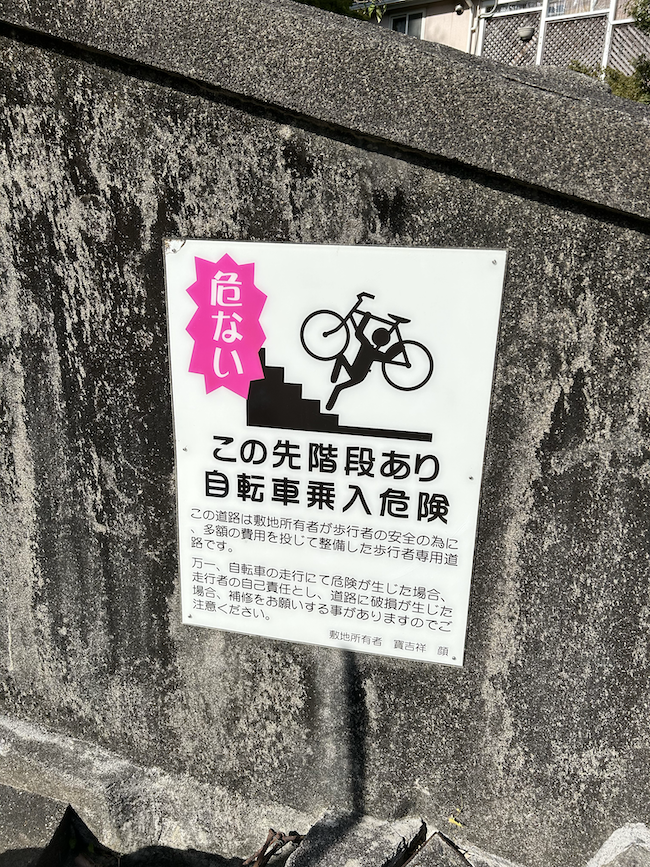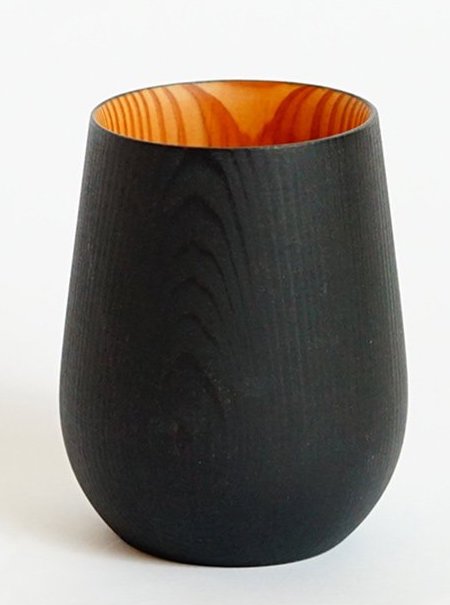I have limited time today to write a blog post and last night I was…
Kyoto Report 2023 – 2
This Tuesday report will provide some insights into life for a westerner (me) who is working for several months at Kyoto University in Japan.
It’s slightly cooler now in Kyoto but still warm.
I have spent a lot of time in my life in the Netherlands and Belgium and they are very bike friendly countries in the main.
But Kyoto tops them for sure.
Mostly cars are seen on the main roads and outside of them there are mazes of little back streets where hardly any traffic ever traverses.
Add into that the fact that North-South ventures if you live on the East side of the city are accomplished by riding along either side of the Kamo River and if north of Demachiyanagi you also have the option of taking the fork along the Takano River for some kms.
This system makes the city very safe and accessible by bike.
The other night I rode several kms across the city (mostly east to west and back) to a function and apart from crossing a few main roads at the lights I had no traffic to contend with.
There is no major city I know where that degree of traffic city access is possible.
But there are some access problems that I come across this morning while walking to the shop as depicted by this sign:
It tells the reader that there are steep pedestrian only stairs ahead that have been privately constructed by the owner at great expense to be safe for said pedestrians.
It goes on to say that if there is an accident and you are riding your bike then the rider is liable and may be asked to incur repair costs.
I pondered the hill to the left of this sign and wondered why anyone would try to ride their bikes up the steps anyway.
Suffice to say there are lots of warning signs in Kyoto about all manner of dangers and penalties.
Not long after I passed this sign, I took the route over the big hill that is part of the 吉田山公園 (Yoshidayama Park) and came across a sign right up near the summit in thick bushland that said “We are watching you so please don’t illegally dump rubbish”.
I couldn’t see any cameras but I wondered why anyone would climb right up to the top to illegally dump rubbish.
Lots of signs!
I love finding little shops that have woodworking for sale.
The Japanese craft industry is exceptional and they make exquisite carved wood items like bowls and cups.
I came across this example while out and about today as I walked to the shop to get a donut.
These cups are made in the hills in the Kagoshima Prefecture (which is in the south of the nation) by Fuqugi.
The cups are carved by hand from Yoshino Cedar, which is grown in the Yoshino region that is south of Nara (the latter is the ancient capital near Kyoto).
The forests are very densely packed with trees and so they grow tall and thin but very straight.
As they grow, the grain of the timber reflects the season: so in Spring and Summer, during the growth phase, the grain is lighter and then the Autumn and Winter grains are darker.
So you get a very distinct pattern in the wood that makes it beautiful when carved.
The trees are harvested after about 100 years.
They were traditionally used to line the sake barrels.
It is a very soft wood.
Anyway, I love the wood work over here and that is coming from someone who struggles to saw in a straight line.
As to donuts – my favourite local bakery near where we live in Kyoto – makes the most delicious (oishii) donuts but usually by the time I walk across from my work to get them at lunch time they are sold out.
I had to go somewhere before work today and so I plotted a route that took me past the shop and was able to snaffle a cinnamon donut – the best.
That is enough for today!
(c) Copyright 2023 William Mitchell. All Rights Reserved.


Nice insight. So refreshing to live in another (in many ways more sensible) country. I find the cross-over of Kanji (Japanese use of Chinese characters) fascinating. 吉田 Yoshida (name) has to be two syllables in Chinese (ji-tian) and 山yama, is just ‘shan’, so obviously hill/mountain. 公園 Koen is consistent syllable wise as well as in meaning with ‘gong-yuan’ = public park. No wonder Japanese colleagues have a head start in learning Chinese.
Meanwhile in the UK, our PM is championing the motorist tribe (though not by doing something sensible like mending dilapidated roads).
I love these blogposts about Japan. So much to learn from there about how to build collective wellbeing. Culture as well as macroeconomic management!
Always look forward to the Kyoto Reports! Great to get an insight into daily life in Japan, especially as a language learner. Keep them coming Bill!